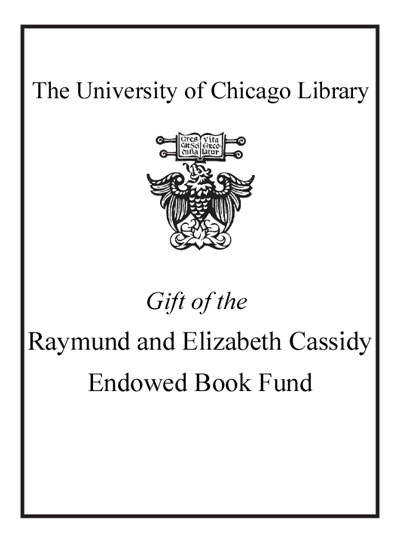Review by Choice Review
Gough (McMaster Univ., Canada) brings her expertise in literary criticism and cultural studies to her micro-analyses of four ballets planned and danced by Marie de Medici as Henry IV's queen. Henry's claim to the throne and Marie's status as queen were contested, and Gough argues that the ceremonial performances of Marie's ballets deployed symbols and underlying messages that helped establish a firm basis for Bourbon "absolutism" for the courtiers and ambassadors in attendance. Marie used allegorical themes to secure her status as queen mother against Henry's mistresses and first wife, Marguerite of Valois, as tools for diplomatic negotiations, and as critiques for policies advocated by royal advisers whom she disfavored. Burlesque acts before or after the queen's dances featured erotically charged female vocal performances, cross-dressing male performers, and other dancers dressed as exotic Turks. Gough has combed French and Italian archives to recover texts and accounts of the ballets and provides original texts with translations of three ballets in her appendixes. In all, she persuasively demonstrates how queens could use ceremonial performances as vehicles for personal agency in court politics. The scholarly apparatus includes illustrations scattered throughout and an extensive bibliography. Summing Up: Recommended. Graduate students and above. --Peter G. Wallace, emeritus, Hartwick College
Copyright American Library Association, used with permission.
Review by Choice Review

